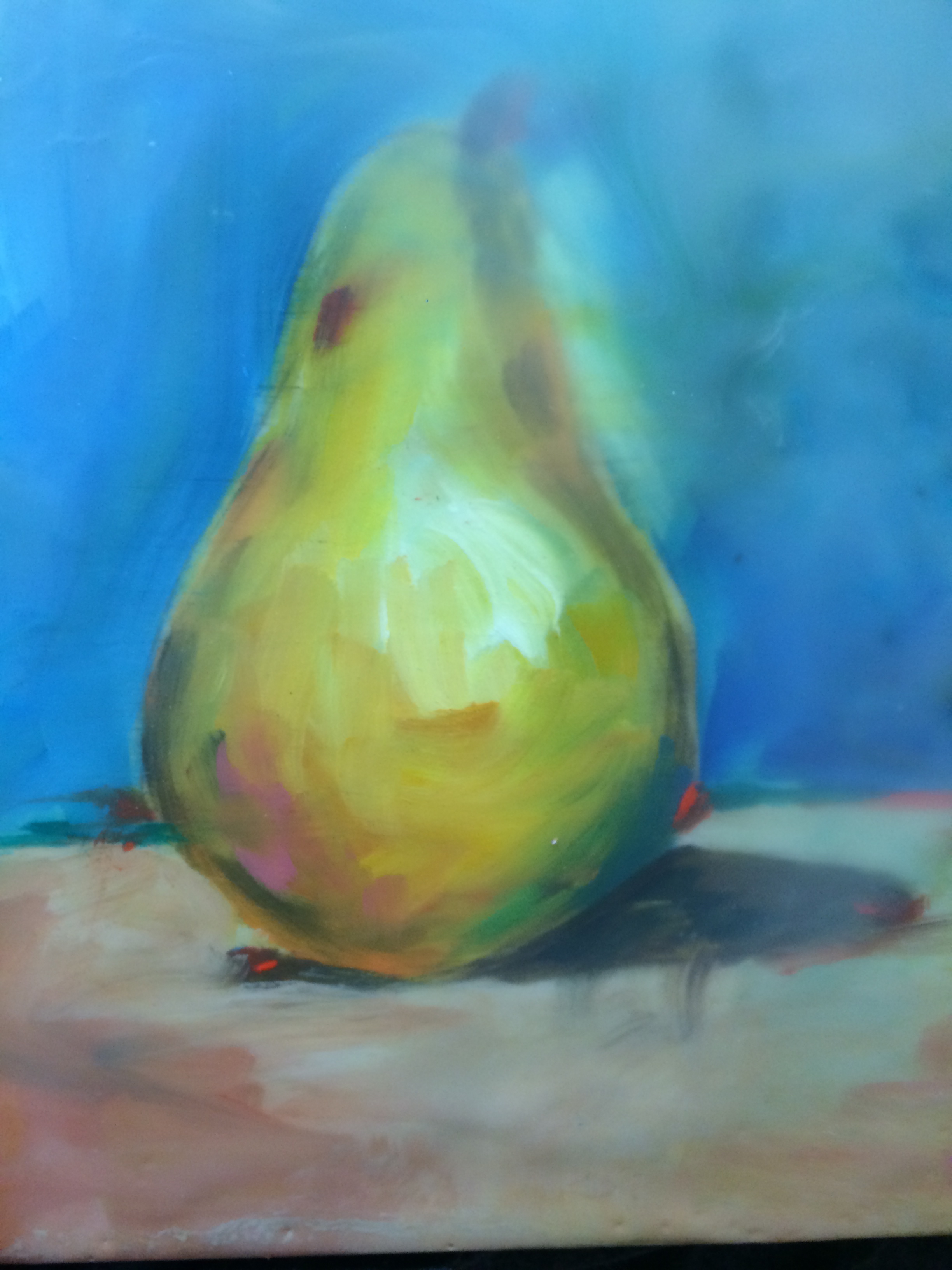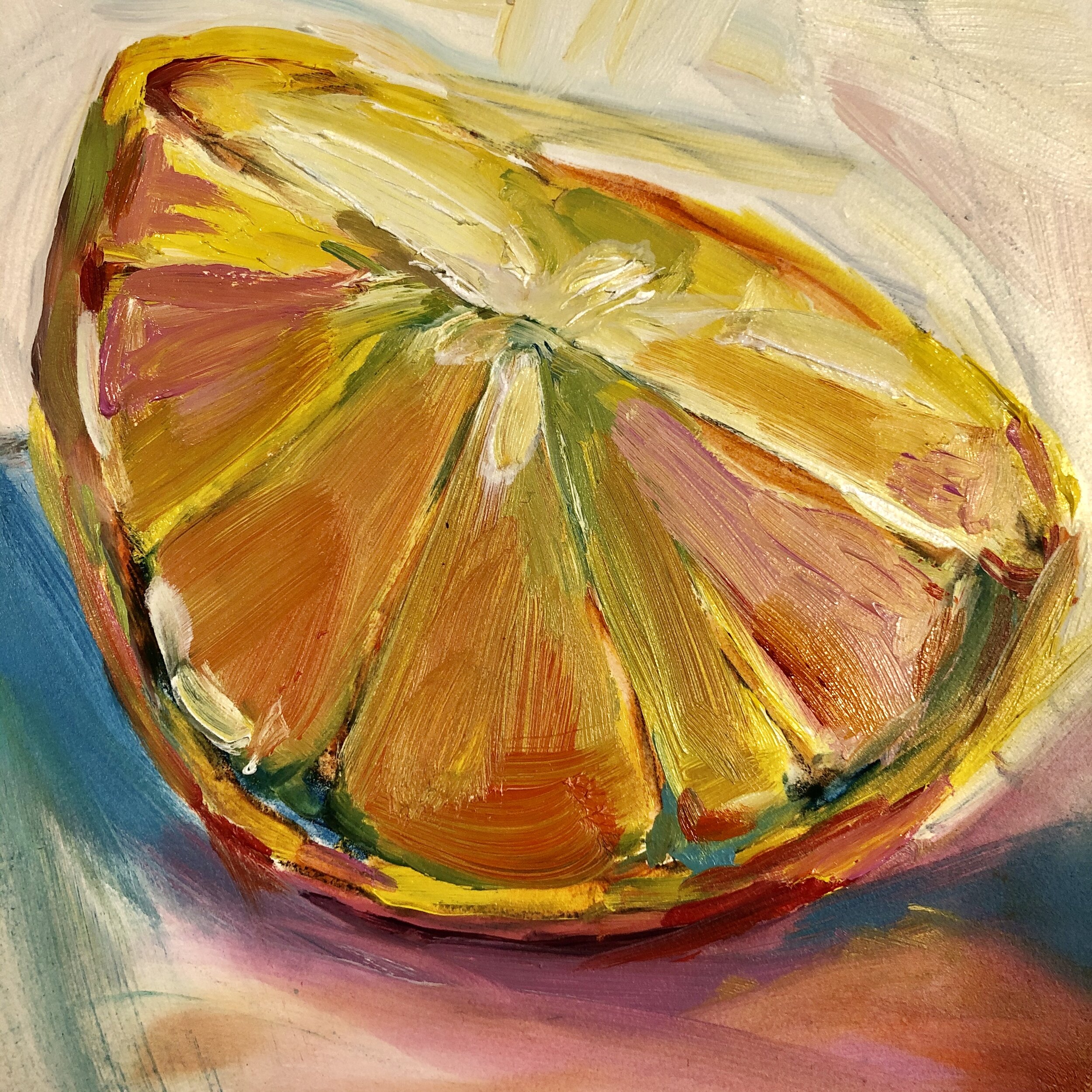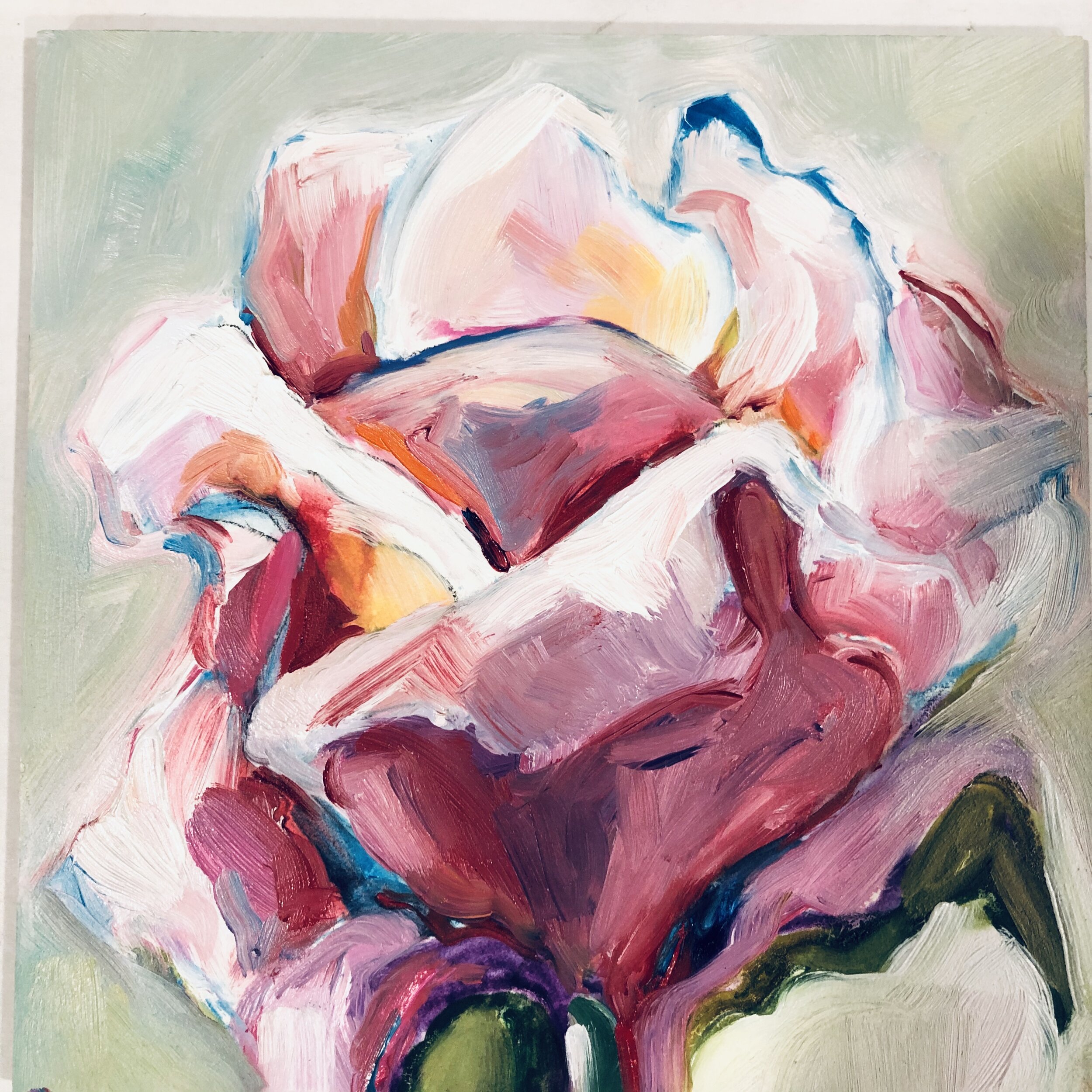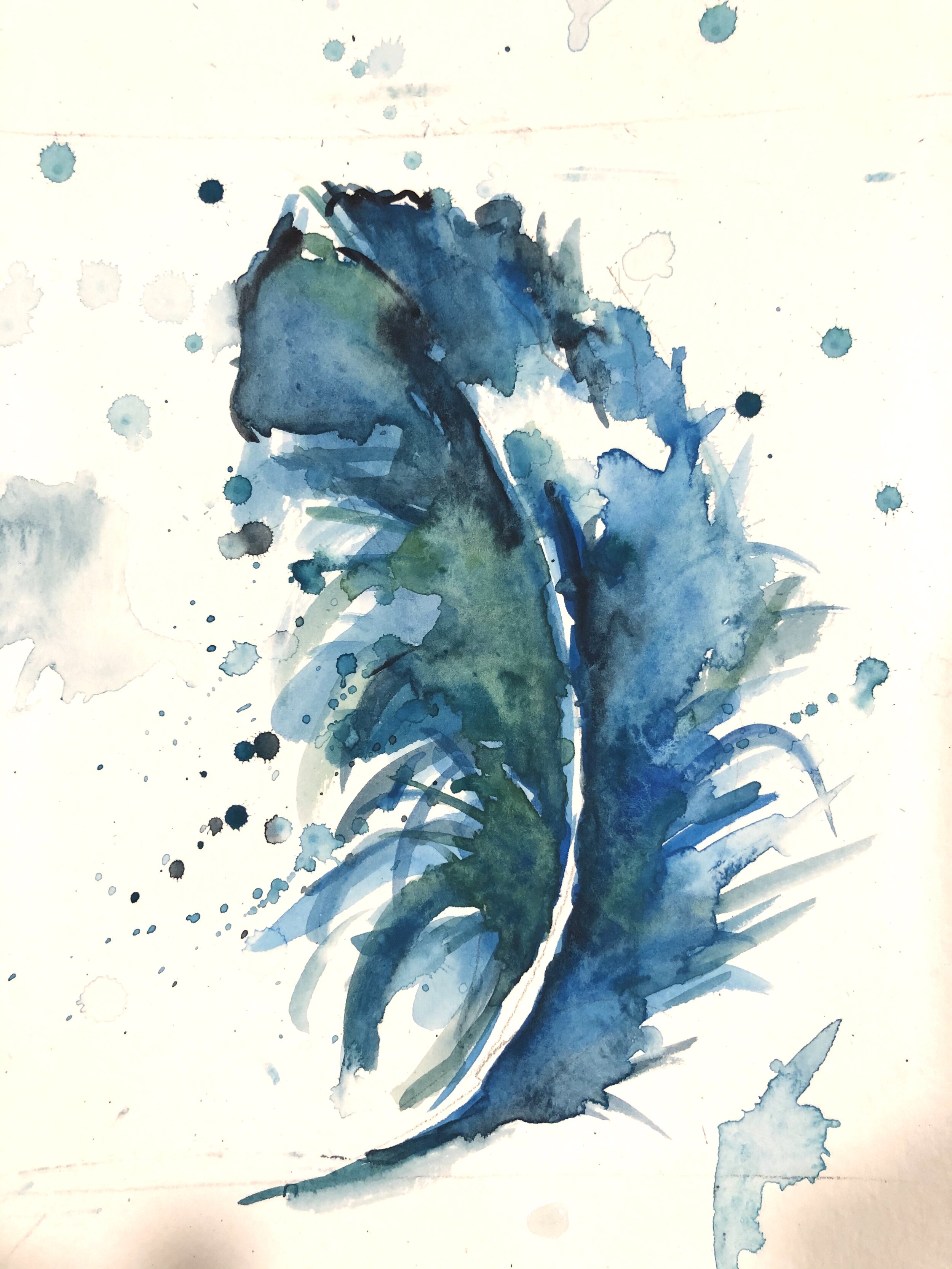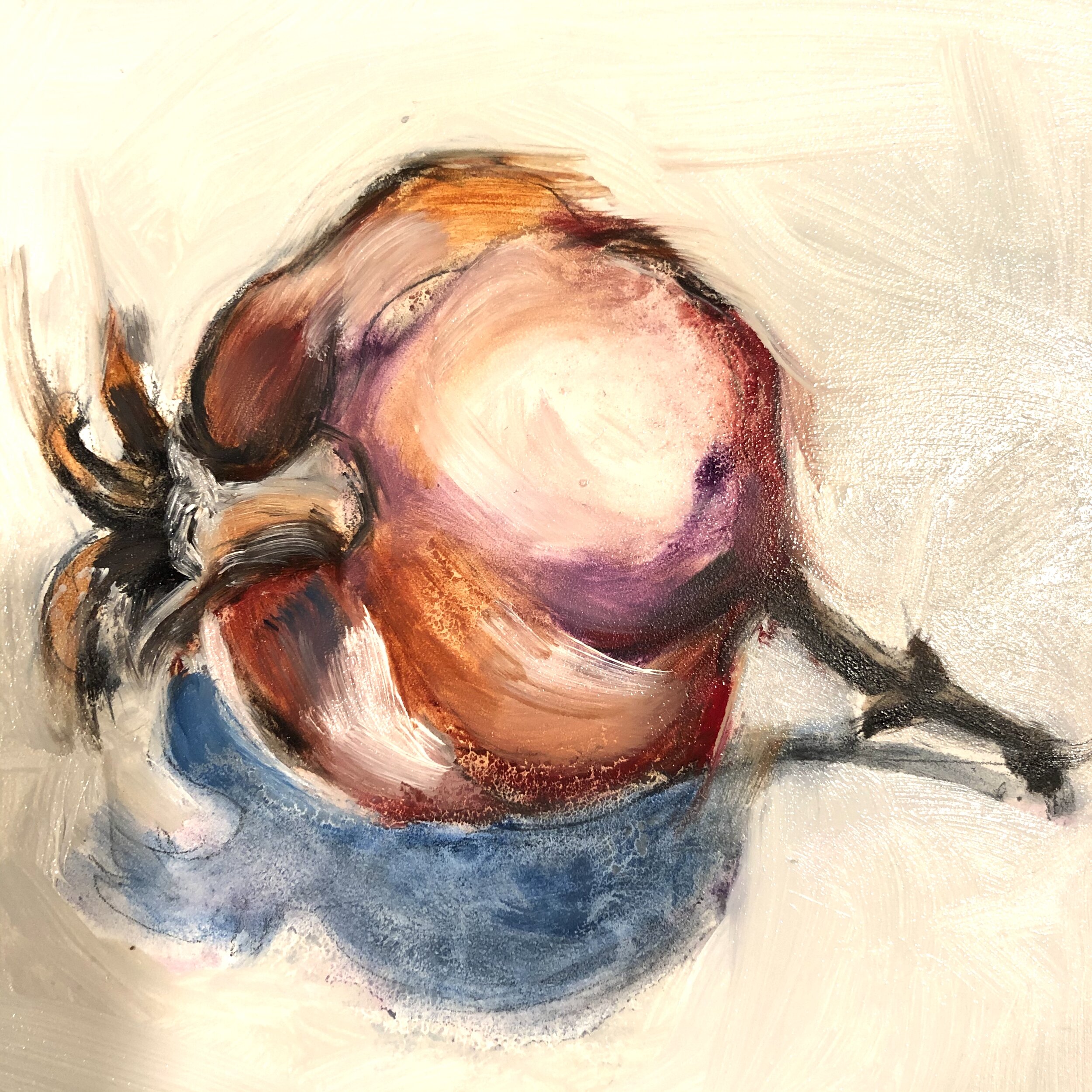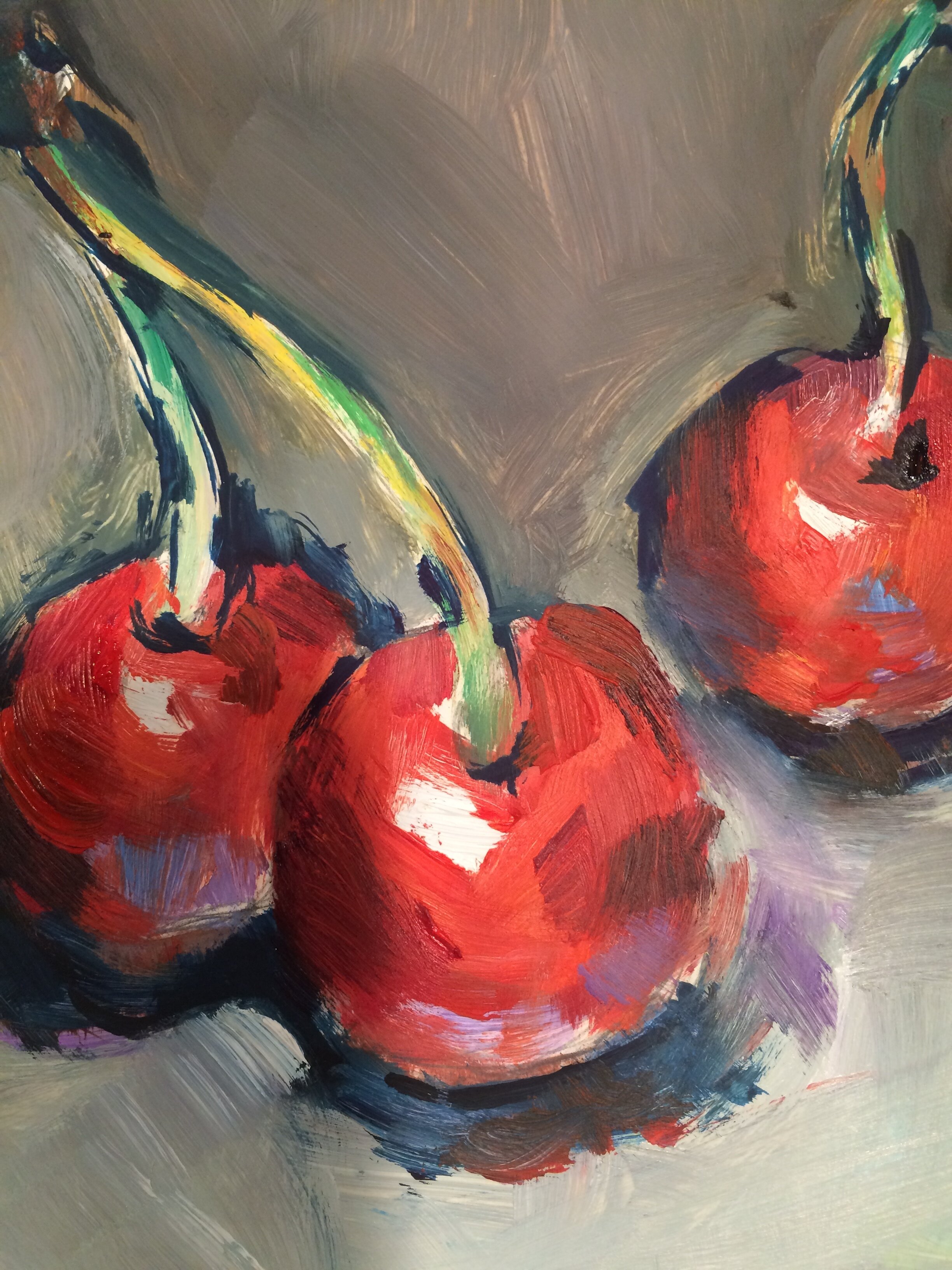Janet McIntyre
visual storytelling
About Encaustic Painting
Encaustic painting has its roots in ancient Greece, where it was used by shipbuilders to waterproof and caulk their work on the hulls of ships. Encaustic comes from the Greek word “enkaustikos” which literally mean “to heat” or “to burn”. Heat is used at every step of encaustic painting to fuse the medium layers to the substrate (canvas, board, etc.) The medium is comprised of beeswax and damar resin, a natural pine tree resin. There can be as much as 50 or more layers of medium in a single painting. Carve, embed, scrape away, paint and then do it again. It’s unpredictable, contrary and oddly sensual. It’s a process that satisfies my improvisational and tactile nature.
Care of Encaustic Painting
Beeswax paintings require the same basic care that you would give to any piece of art. You do not want to expose it to extreme temperatures –freezing or anything above 120 degrees. It’s perfectly safe hanging in direct sunlight, however, you don’t want to leave it in a car or trunk on a hot or freezing cold day. Beeswax often creates a “bloom” which is a slight dusty look to the top layer of wax. If you see this and don’t like it, simply lightly buff you painting with a soft cotton cloth – and voila, it will be back to its shiny original finish.

